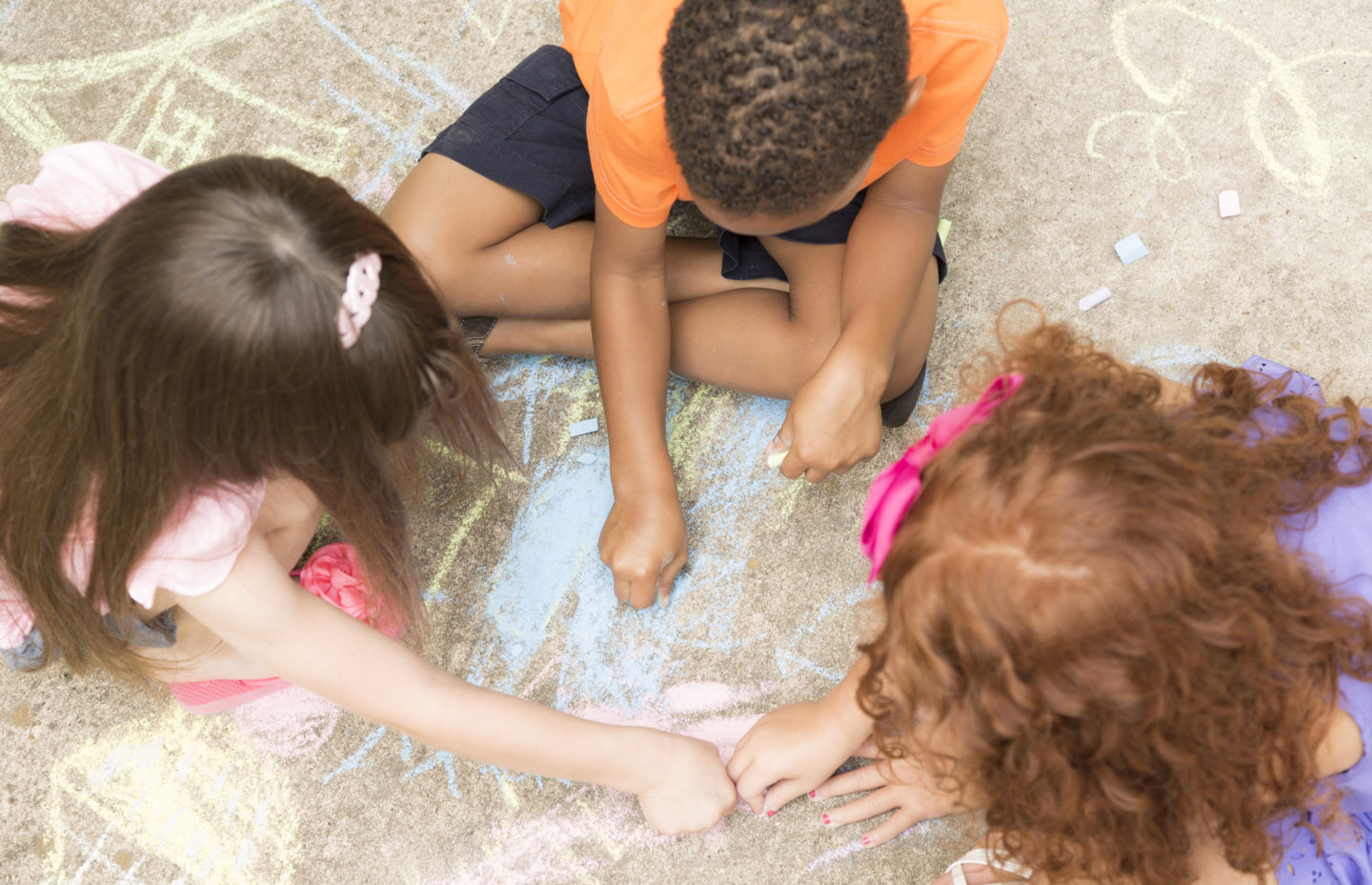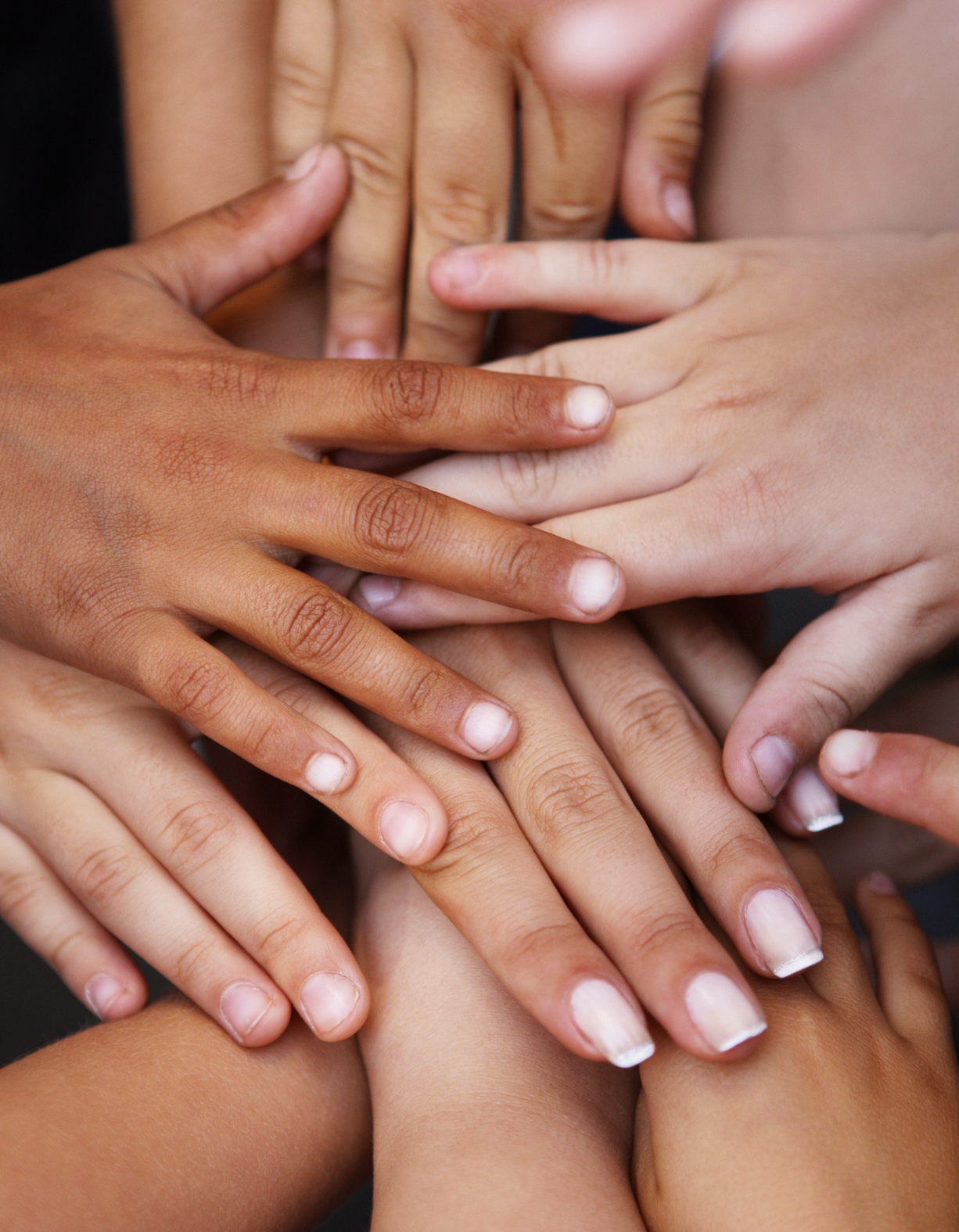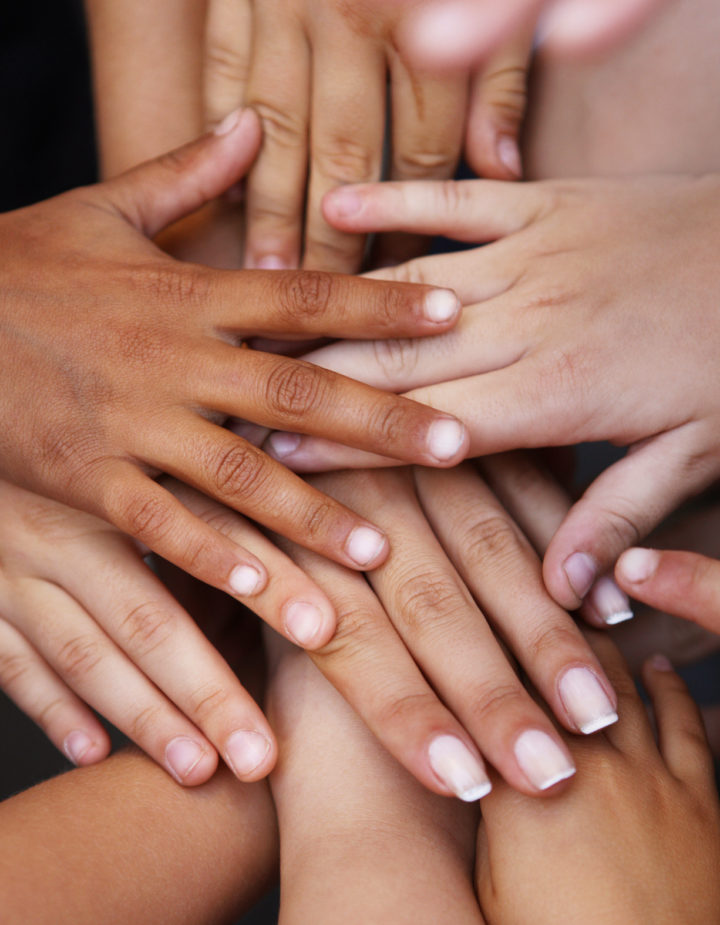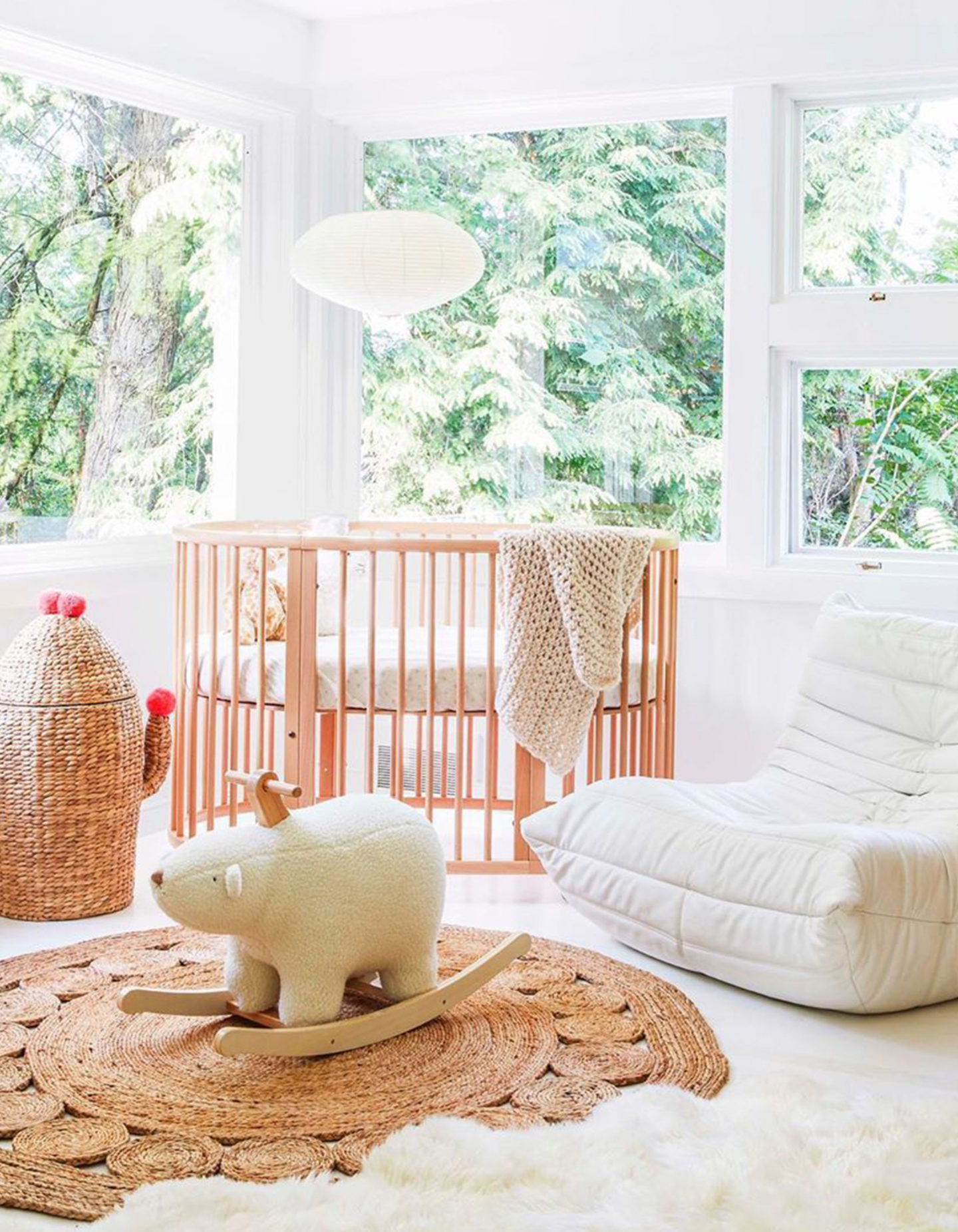When it comes to racial injustice, it’s a struggle coming up with the words to understand such horrific events, let alone having the words to explain them to our children. Yet, as we all know, silence equals complicity, and these talks, as tough as they are, are exactly what as parents we must do to tackle injustices for future generations of activists. “Many of us were raised in families that thought that they were teaching equality, but the way that they did that was to just say, ‘Well, we’re all equal,’ and not say anything more explicit,” says Jennifer Harvey, author of Raising White Kids: Bringing Up Children in a Racially Unjust America during an interview on NPR. “What does it mean when you believe everyone should be equal, but many members of our society do not experience equality? It breeds a lack of capacity among white people to engage well in conversations about race, to talk about and respond when racism is happening.”
The steps to beginning these discussions, according to psychologist Dr. Jazmine McCoy, starts with our own self-exploration and confrontation on the issue. “We have to do the work within ourselves first before exploring the topic with our kids,” Dr. McCoy told her 83,000 Instagram followers. “If we don’t feel comfortable and confident and empowered when it comes to race and white supremacy, then we can’t educate our children. That’s where this starts.” Pediatric expert Dr. Aliza Pressman agrees, though it’s not easy. “The challenge is to address and express outrage and support and anti-racist sentiment about George Floyd but then it’s about looking at your life and asking, ‘What am I doing as a family?,’’’ she says. “’How was I raised? What are the subconscious messages that have been taught to me?’”

Photo by fstop123 / iStock
But just how do we discuss race with our children? Do we go super clear or allude to it in broad strokes? Do we discuss specific acts of violence, or keep it general? When it comes to exploring race with children as young as toddlers, clinical psychologist Dr. Laura Markham does a great job breaking down strategies that feel age appropriate on her site Aha Parenting. Dr. Markham says toddlers should never be exposed to the television or the news, or that parents discuss upsetting issues within an earshot of their kids, even if they assume they wouldn’t understand. However, because toddlers do notice race and are drawing their own conclusions constantly, we should look inward at how we treat other people. “They notice their parent’s cues, such as friendliness or stiffening up when someone approaches,” says Dr. Markham. “So notice your own reactions that may be influenced by race and what cues you’re giving your child.”
Dr. Pressman recommends doing an eye scan of how many characters of color exist in the books your child’s reading as well as dolls and superheroes. If your toddler makes a reference to other people’s skin color, it’s a time to explain those differences in a simple way and celebrate them, not push the conversation under the rug. “You can explain that some people have more melanin in their skin, which makes it darker,” Dr. Pressman says. “So it’s a straightforward explanation and then celebrating different colors of skin and hair and textures, instead of ignoring it. We’re color silent when we don’t let them say these things out loud.”
Notice your own reactions that may be influenced by race and what cues you’re giving your child.
Dr. Laura Markham
For preschool aged children, it’s important to have ongoing discussions with them about race, fairness and standing up for what’s right, and then give the basic facts about a particular news event. “Preschool kids are obsessed with fairness,” says Dr. Pressman. “It’s an interesting time to point out those moments that seem explicitly unfair and how people historically are treated differently because of their skin color. It’s a time to notice what’s happening and make an effort to bring diversity of every kind into a child’s life if you’ve been remiss. ”
Children aged six to nine are old enough to hear about what’s happening from friends or online, so you’ll want to ask what they’ve heard and open a discussion about it. “They’re also old enough to talk about all the issues here: race, guns, protests, but obviously you will have to tailor your explanation to your child’s developmental understanding,” Dr. Markham says. “Your child may seem very sophisticated, but research shows that elementary schoolers do have nightmares in response to new reports, because the news shows them a world that’s scary and chaotic. Reading the newspaper together is educational, but I would shield even a nine-year-old from TV news, which is purposely sensationalized to be scary. Calm yourself before speaking with your child so your own outrage and fear doesn’t scare your child.”
Remember to ask your child what they already know and repeat it to be sure you’ve understood. “It’s okay to say you don’t know an answer to a question,” Dr. Markham says. “You can tell your child you need to research that question and you will let them know what you find out.” Again, give the basic facts as you understand them. You could also use the opportunity to talk about how incurring change in a democracy, and about the history of peaceful protest and civil disobedience. “Your child may already have heard about Gandhi and the Civil Rights Movement, but together you can Google other examples,” she says. “You can also note that it was the protests about George Floyd’s death that prompted the arrest of the officer who killed him.”
Just remember, it all starts with you – your response to racism and your exploration with how you feel about race. If you’re being insincere about it, “your kids won’t buy it anyways,” says Dr. McCoy. “They are listening and following our actions more than our words.”




